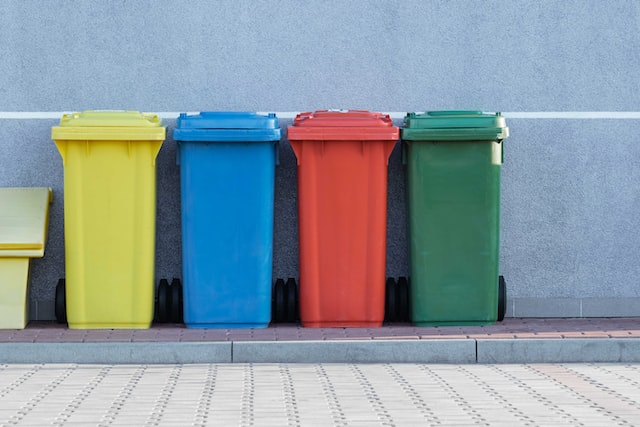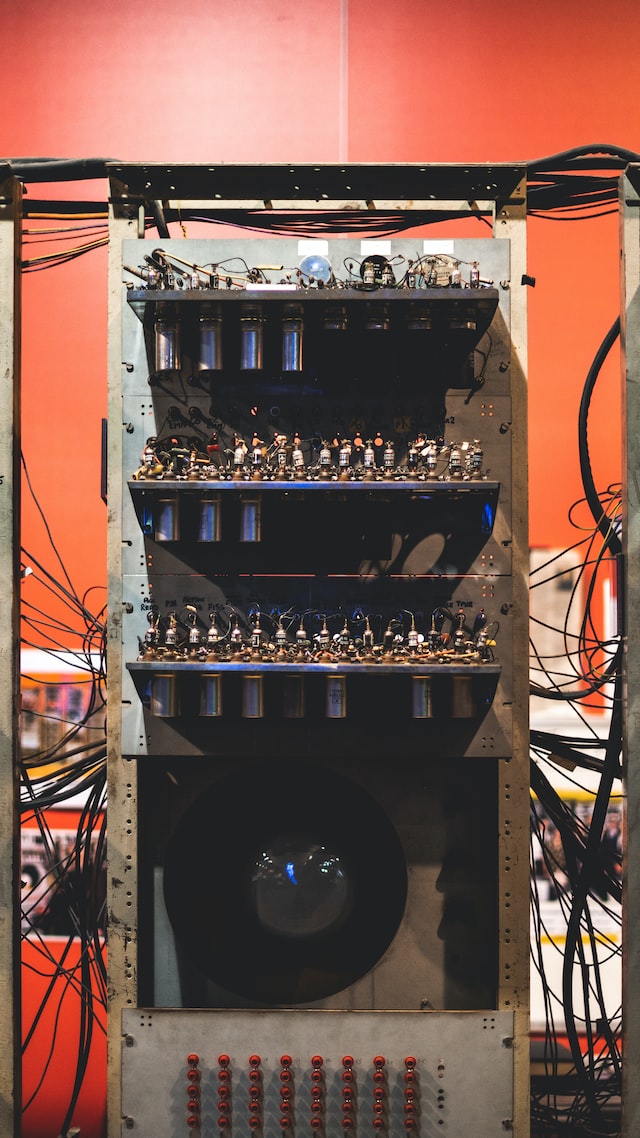An automatic filling machine is a type of machine that is used to fill liquids, such as water, juices, sauces, and other liquids, into containers, such as bottles, jars, and pouches. The machine operates by using a combination of mechanical, electrical, and pneumatic systems to achieve a high degree of accuracy and consistency in the filling process. The use of an automatic filling machine can help increase production efficiency, reduce the risk of human error, and improve the overall quality of the filling process.
In this article, we will share with you the components and benefits of a automatic filling machine.
The Different Components of an Automatic Filling Machine
Filling Nozzles: The filling nozzles are responsible for dispensing the liquid into the containers. They come in various sizes and designs to accommodate different container shapes and sizes. The number of filling nozzles can vary depending on the size and capacity of the machine, but typically, a machine will have multiple nozzles to increase production speed.
Container Holding Station: This is where the containers are held in place for filling. The holding station is equipped with clamps or grippers that hold the containers securely, allowing the filling process to take place. Some machines use a rotary or carousel design to hold the containers, while others use a linear design that moves the containers through the machine on a conveyor belt.
Liquid Storage Tank: The storage tank is where the liquid to be filled is stored. The storage tank is usually made of stainless steel or plastic, depending on the type of liquid being filled. The storage tank is connected to the pumping system, which transfers the liquid from the storage tank to the filling nozzles.
Pumping System: The pumping system is responsible for transferring the liquid from the storage tank to the filling nozzles. It consists of a pump, valves, and tubes. The pump is designed to deliver a consistent flow of liquid to the filling nozzles, while the valves control the flow of liquid and ensure that the correct volume of liquid is dispensed into each container.
Control Panel: The control panel is the central point of control for the automatic filling machine. It is used to set the filling speed, volume, and other parameters, such as the flow rate and pressure. The control panel is typically operated by a user interface, such as a touch screen or buttons, and it can be programmed to run a variety of filling operations.
Conveyor System: The conveyor system moves the containers through the machine, from the holding station to the filling station and finally to the packaging area. The conveyor system can be either manual or automatic, depending on the needs of the filling operation.
Benefits of Using an Automatic Filling Machine:
Increased Efficiency: One of the biggest benefits of using an automatic filling machine is that it can significantly increase production efficiency. The machine operates at a much faster pace than manual filling methods, and it can also fill containers more accurately, reducing the risk of waste and overfilling.
Improved Quality: Another benefit of using an automatic filling machine is that it can help improve the overall quality of the filling process. The machine is designed to dispense a consistent volume of liquid into each container, which can help reduce the risk of human error and improve the consistency of the final product.
Reduced Labor Costs: An automatic filling machine also reduces the need for manual labor, which can help reduce labor costs. The machine operates independently, requiring only a minimal amount of supervision, which can help free up employees for other tasks.
Increased Production Capacity: An automatic filling machine is capable of filling containers at a much higher rate than manual methods, which can help increase production capacity.
In brief, we have shared with you the components and benefits of a liquid filling machine. Check out AF Advantech for their products including auto filling machines and liquid filling machines in Singapore.






